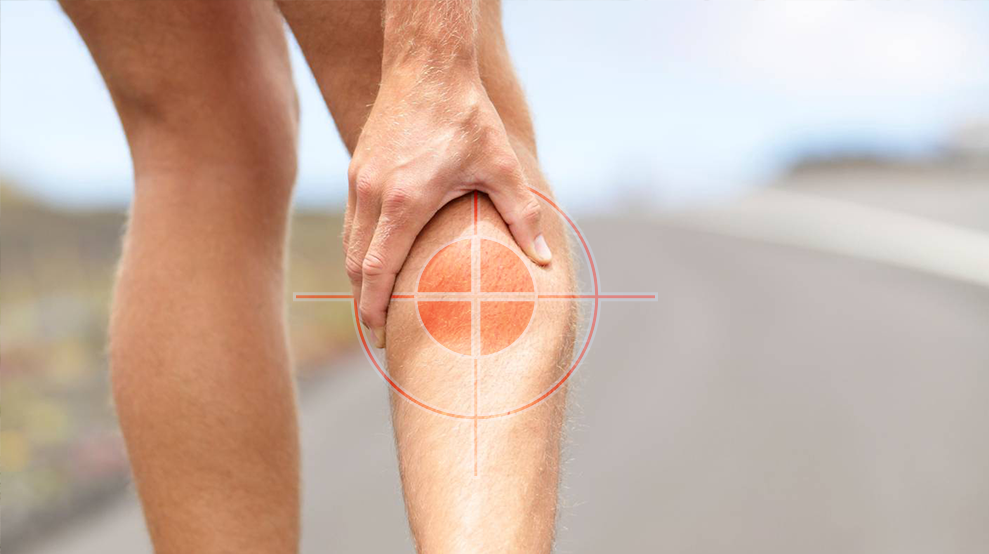Sciatica is a condition characterised by pain that radiates along the sciatic nerve, typically affecting one side of the body. This can cause discomfort from the lower back, through the hips, and down the leg. It can also cause numbness, tingling or weakness in the buttock or foot.
At First4Therapy, we specialise in assessing and treating sciatica using a range of proven therapies, including:
- Joint Mobilisation
Joint mobilisation, particularly in the lumbar spine, can help reduce stiffness, improve mobility and ease pressure on the sciatic nerve. Research based NICE guidelines, recommend manual therapy, including joint mobilisation, as an effective method for addressing the spinal issues that often contribute to sciatica
- Neurodynamics
Sciatica is often caused by nerve irritation or compression. Neurodynamic techniques, which focus on improving the mobility of the nerves, are highly effective in managing this condition. According to the Manipulation Association of Chartered Physiotherapists (MACP), these techniques help restore normal movement along the sciatic nerve, reducing nerve sensitivity and inflammation of the sciatic nerve, which can result in lasting relief from sciatica pain.
- Soft Tissue Treatment
Nerve irritation often causes a protective muscle spasm that can increase pain. Soft tissue therapy like deep tissue massage, helps to relieve muscle tension in the surrounding areas, particularly the lower back and glutes. Studies have demonstrated the benefits of soft tissue treatment in reducing muscle stiffness and improving overall mobility, which can ease sciatic pain.
- Electrotherapy
Electrotherapy, including TENS (Transcutaneous Electrical Nerve Stimulation), is commonly used to manage sciatica pain. By delivering electrical impulses to the affected area, TENS therapy can help to block pain signals and stimulate endorphin release. There is a significant evidence base to support its use in the management of acute and chronic sciatica. It is a non-invasive treatment that provides an additional layer of pain relief. Local ultrasound therapy and low level laser therapy reduce local inflammation and can reduce pain.
- Exercise Therapy
Regular, targeted exercise can significantly improve symptoms of sciatica. NICE emphasises the use of exercise therapy that helps to strengthen core muscles, improving posture and reducing pressure on the sciatic nerve. Specific exercises that focus on stretching the muscles in the lower back, hips, and legs can alleviate nerve compression, helping to reduce pain and improve function over time.
- Acupuncture
Acupuncture is another effective method for managing sciatica, especially for those with chronic pain. The Acupuncture Association of Chartered Physiotherapists (AACP) supports its use for reducing nerve pain and promoting relaxation, often providing long-term relief for individuals suffering from sciatica. Acupuncture may affect nerve pathways that reduce nerve sensitivity and inflammatory response, leading to pain relief.
Why Choose First4Therapy?
At First4Therapy, we take a holistic approach to treating sciatica. Our expert physiotherapists will assess your condition and develop a tailored treatment plan, incorporating a combination of therapies such as exercise, joint mobilisation, neurodynamics, and acupuncture to address the root cause of your pain. By focusing on long-term recovery and prevention, we aim to help you get back to living pain-free.
If you’re experiencing symptoms of sciatica, don’t wait for the pain to worsen. Book an appointment with First4Therapy today and let us help you on your road to recovery.














